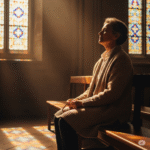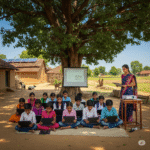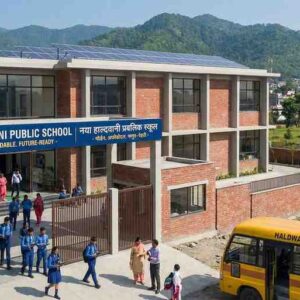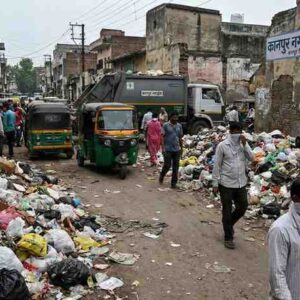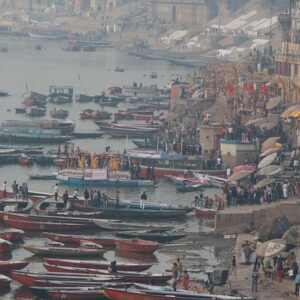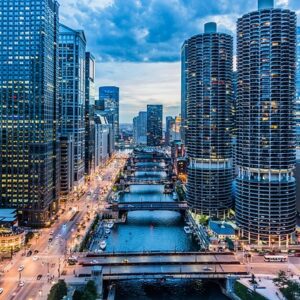A Journey Through the Inclusive Nature of India’s Democracy
Key Metrics:
- Religious Diversity: India is home to over 1.3 billion people, with Hindus (79.8%), Muslims (14.2%), Christians (2.3%), Sikhs (1.7%), and other communities practicing various faiths in harmony.
- Caste Representation: India’s reservation system allocates 15% of government jobs and educational seats to Scheduled Castes and 7.5% to Scheduled Tribes, ensuring representation for marginalized communities.
- Electoral Participation: With over 900 million registered voters, India’s elections witness significant participation across regions, religions, and castes, reflecting its democratic inclusivity.
- Parliamentary Diversity: The 17th Lok Sabha includes 78 women and representatives from Dalit, tribal, and minority communities, showcasing strides toward representation.
India, the world’s largest democracy, thrives on its unparalleled diversity. Its strength lies in its inclusive practices, which ensure that people of all religions, castes, and creeds find representation and voice in governance. From constitutional guarantees to affirmative action, India’s democratic framework has been carefully crafted to uphold the principle ofunity in diversity, transforming challenges into a celebration of coexistence.
Religious Inclusion: A Mosaic of Faiths
India’s democracy is a tapestry of religious coexistence. The country’s constitution guaranteesfreedom of religionand ensures that citizens of all faiths can practice, profess, and propagate their beliefs. This spirit of inclusion is reflected in public policies and government initiatives.
Religious festivals likeDiwali,Eid,Christmas, andGuru Nanak Jayantiare celebrated as national holidays, fostering mutual respect and cultural exchange. Political leaders from various faiths have played pivotal roles in shaping India’s trajectory, fromDr. Zakir Husain, India’s first Muslim President, toDr. Manmohan Singh, a Sikh economist who led the country as Prime Minister.
While challenges like communal tensions persist, India’s commitment to pluralism and its mechanisms for fostering interfaith dialogue demonstrate the resilience of its democratic values.
Caste-Based Inclusion: Bridging Historical Inequities
Caste, a deeply entrenched social structure in India, has historically created divides. Recognizing this, India’s democratic framework has implementedaffirmative actionto empower marginalized communities. The reservation system ensures that Scheduled Castes (SC), Scheduled Tribes (ST), and Other Backward Classes (OBC) have access to education, employment, and political representation.
TheScheduled Caste and Scheduled Tribe (Prevention of Atrocities) Actsafeguards these communities from discrimination, whileParliamentary seats are reservedfor SC and ST representatives to ensure their participation in governance. Initiatives likeStand Up IndiaandSkill Indiafocus on economic upliftment for historically disadvantaged groups.
This systemic effort to bridge inequalities showcases India’s commitment to creating an inclusive society where caste no longer dictates opportunity or dignity.
Electoral Democracy: A Platform for Every Voice
India’s elections are a testament to its inclusive democratic ethos. With over 900 million registered voters, the country’s elections see participation from every corner of its vast and diverse landscape. Electoral constituencies are designed to ensure representation for minority and marginalized communities, ensuring that every voice counts.
TheElection Commission of Indiaplays a critical role in maintaining a free and fair electoral process, facilitating voting for all citizens, including those with disabilities and those residing in remote regions. Technology-driven initiatives likeEVMs (Electronic Voting Machines)andVVPATs (Voter Verifiable Paper Audit Trails)ensure transparency and trust in the electoral process.
Women in Democracy: Breaking Barriers
India’s strides in gender inclusion within democracy are significant, albeit ongoing. The 17th Lok Sabha saw 78 women elected, the highest number in India’s parliamentary history. Initiatives likeBeti Bachao Beti Padhao, reservation in local governance bodies, and policies aimed at women’s empowerment reflect the nation’s commitment to gender parity.
At the grassroots level, women’s participation in Panchayati Raj Institutions is transformative, with 33% of seats reserved for women, fostering leadership and decision-making among women in rural India.
Cultural Practices and Democratic Unity
India’s democracy not only encompasses formal structures but also finds strength in its cultural practices. Diverse languages, cuisines, festivals, and traditions contribute to the country’s unity. Public platforms likecommunity centers,festivals, andnational campaignsfoster inter-community interaction, ensuring that diversity is celebrated rather than viewed as a challenge.
The nation’s diversity is a constant reminder of the importance of dialogue and mutual respect. Programs like theEk Bharat Shreshtha Bharat initiative, which pairs states to promote cultural exchange, exemplify India’s dedication to nurturing understanding and solidarity across communities.
Conclusion
The spirit of inclusion lies at the heart of India’s democracy. From ensuring representation for all communities to bridging historical inequities and celebrating cultural diversity, India’s democratic practices reflect the essence of coexistence. Challenges remain, but the resilience of India’s institutions and the commitment of its people to uphold these values continue to shape a vibrant and inclusive future.
India’s diversity is not just a reality but a strength, woven into its democratic fabric. By fostering unity while embracing differences, the country sets an example of how inclusion can create a stronger, more equitable society.



